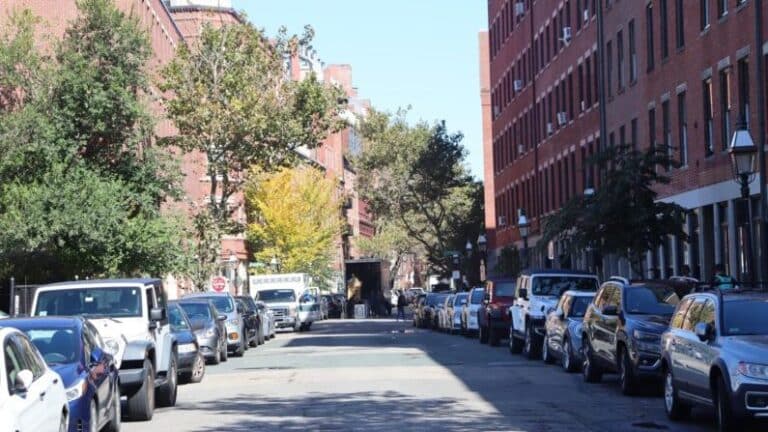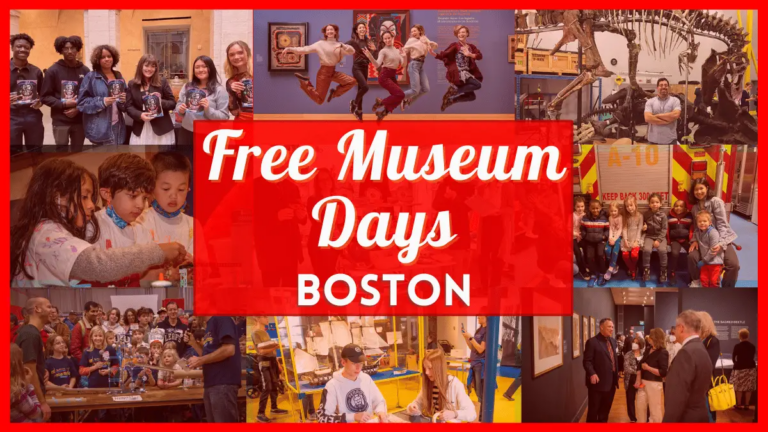Boston is one of the oldest cities in America, and the scene of some of the most significant events that shaped our country’s identity. When you see them regularly it’s easy to forget how incredible these historical sites are. Let’s take a stroll (eight of these ten sites are located along the Freedom Trail) and revisit what makes Boston’s most notable landmarks so awesome.
Old North Church
The oldest standing church in Boston, Old North Church, played a significant role in the American Revolution, where Paul Revere warned his countrymen of the attacking British army. Remember the immortal phrase, “One if by land, two if by sea”? This is where Revere hung the two lanterns to indicate the army was approaching via the Charles River.
Old State House
Built in 1713, the Old State House is the oldest surviving public building in Boston. Until 1798 it was the seat of the Massachusetts General Court. The Boston Massacre occurred in the cobblestone square next to the building, and on July 18, 1776 the Declaration of Independence was first read to the citizens of Boston from the east side balcony.
Old South Meeting House
Located in Downtown Crossing at the intersection of Milk Street and Washington Street, the Old South Meeting Hall is best known as the organization point for the Boston Tea Party.
Faneuil Hall
The most visited tourist site in the city, Faneuil Hall has operated as a marketplace and meeting hall for over 270 years. Known as the “the Cradle of Liberty,” Faneuil boasts an iconic statue of Samuel Adams, a historic bell, and a gilded grasshopper weathervane and is always bustling with shoppers, performers, activists, and artists.
Paul Revere House
During the American Revolution, Boston’s native son Paul Revere lived in this Elizabethan Tudor-style two-story home. Built circa 1680, this is the oldest home in downtown Boston.
Bunker Hill Monument
Built to commemorate one of the first battles between British and American troops, this 221-foot granite obelisk predates the Washington Monument by 41 years. Fun fact: the monument actually stands on Breed’s Hill (not Bunker Hill), where most of the fighting of the misnamed conflict actually took place.
USS Constitution
Affectionately nicknamed “Old Ironsides” this three-masted heavy frigate is the world’s oldest commissioned naval vessel still afloat. This fully commissioned naval ship has 60 U.S. Navy officers and sailors who participate in events, ceremonies, and educational programs. And in case you were wondering, yes, the USS Constitution still fires its cannons every day at 8 A.M. and again at sunset.
Boston Tea Party Ships and Museum
Although they are not the actual ships used in the demonstration, the Tea Party Museum is located on the Congress Street Bridge and features two replica ships from the era. The original location of the event, Griffin’s Wharf, does not exist anymore due to landfills, but this site still stands as a reminder of the unrest and rebellion of the American patriots.
Granary Burying Ground or King’s Chapel Burying Ground
Although it doesn’t hold the claim of being the oldest burial ground in the city (King’s Chapel and Copp’s Hill in North End), Granary Burying Ground is the final resting place of many key figures in the American Revolution. Paul Revere, Samuel Adams, John Hancock, Robert Treat Paine, Peter Faneuil, the (unlikely) origin of Mother Goose, and the five victims of the Boston Massacre are among those buried here. The burying ground has 2,345 grave-markers but an estimated 5,000 people are actually buried here.
Fenway Park
The “newest” landmark on this list was built in 1912 and is the oldest active ballpark in Major League Baseball. Home to the Boston Red Sox, this beloved ballpark is one of the most recognizable sports venues in the world. With such quirky features as the Green Monster, The Lone Red Seat, Pesky’s Pole, and the infamous section of center field known as “The Triangle,” you don’t have to be a baseball fanatic to appreciate Fenway’s unique charm and history.











